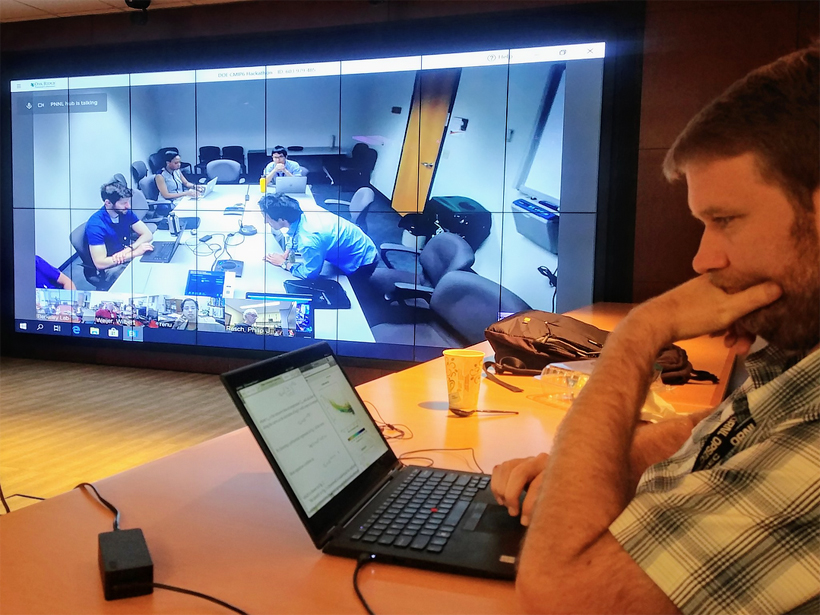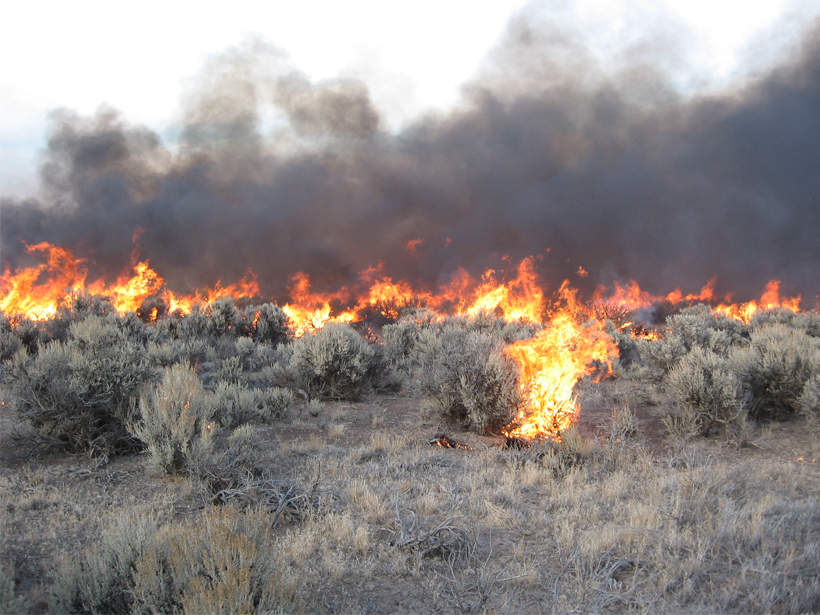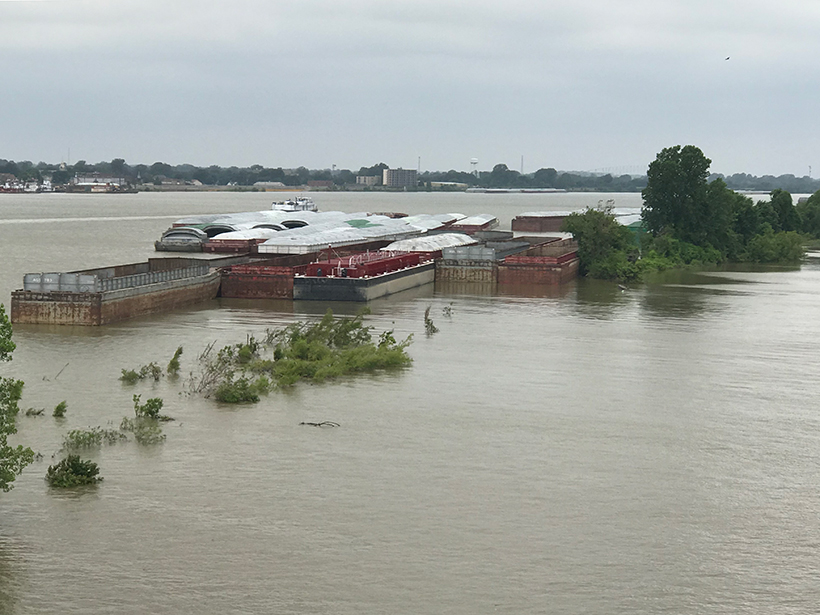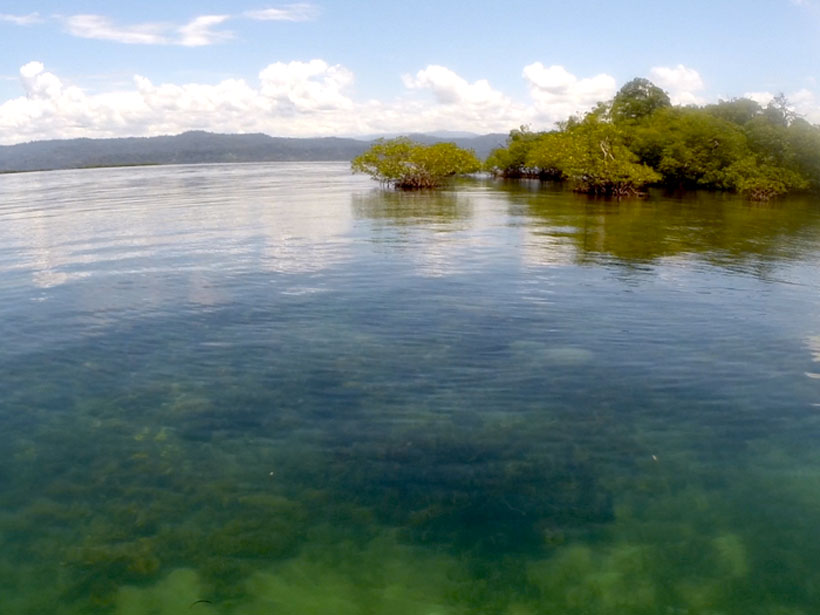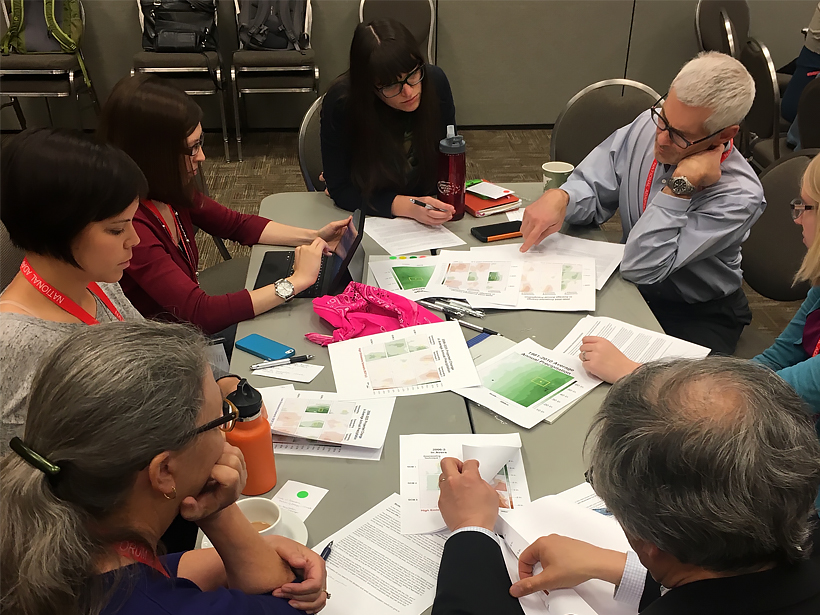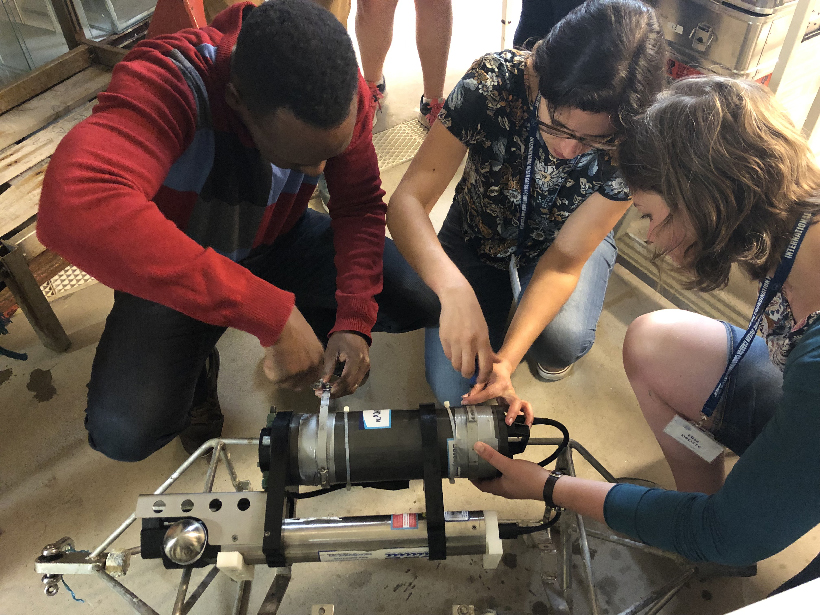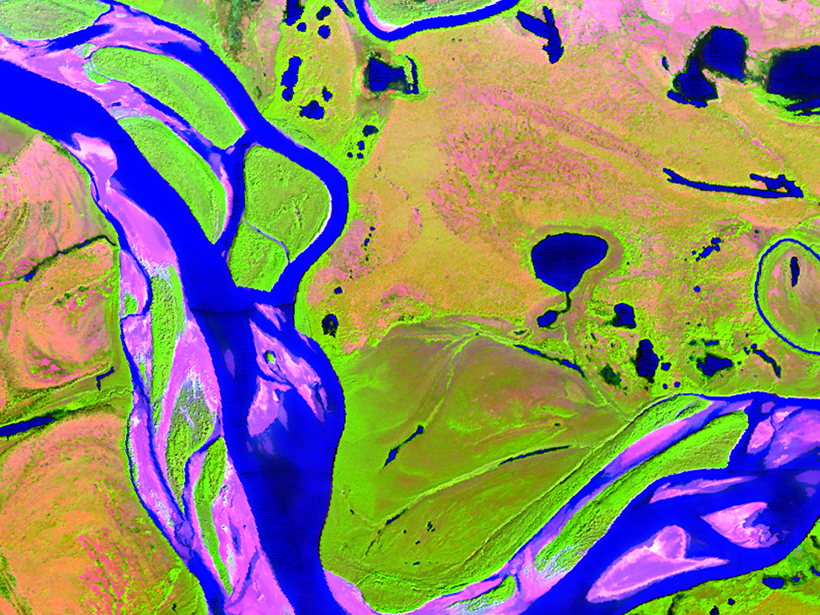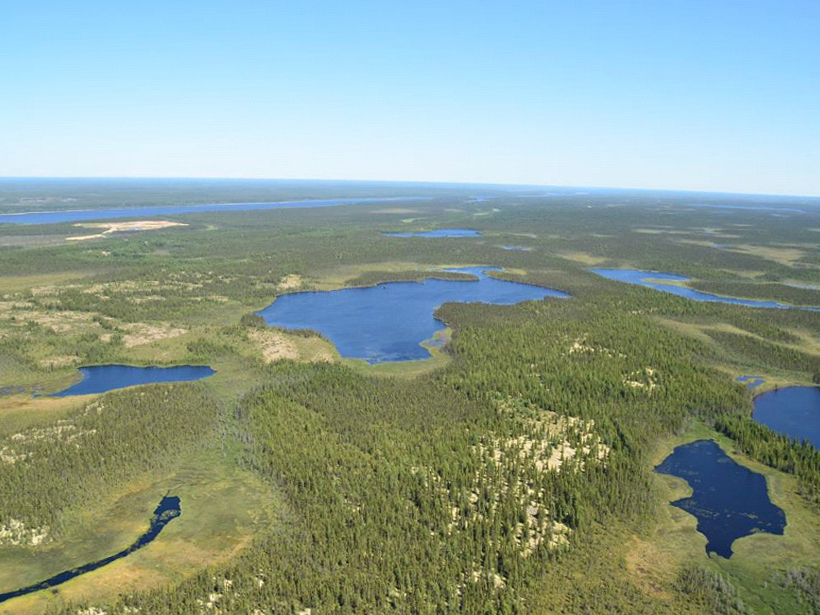Climate scientists collaborated in a nationwide event to analyze and compare archived Earth system model simulations and to generate input for the IPCC’s upcoming climate change report.
meetings & workshops
Rating Fire Danger from the Ground Up
Soil moisture information could improve assessments of wildfire probabilities and fuel conditions, resulting in better fire danger ratings.
Working Together to Close Climate Change Information Gaps
Scientists and managers on the ground gathered to identify information gaps that pose barriers to evaluating climate change risks and responses.
The Science and Policy of Climate Action
Michael Bloomberg and Jerry Brown joined AGU’s Chris McEntee at Fall Meeting 2019 in San Francisco to discuss their new report on climate strategies.
Integrating Global Seagrass and Mangrove Ecosystem Observations
Coordinating the Implementation of Mangrove and Seagrass Essential Observations: A joint GOOS/MBON community outreach workshop to implement EOV/EBVs (Sea Plants Workshop), Consortium for Ocean Leadership; Washington, D.C., 10–11 June 2019
Making Sense of Local Climate Projections
Hands-on training, collaboration with scientists, and practice using real-world challenges give planners and decision-makers confidence to work with climate model information.
Eight Lessons I Learned Leading a Scientific “Design Sprint”
Applying the fast-paced technique, pioneered by Google to spur rapid innovation, to space science yielded unexpected benefits and may be a model for collaborations across many scientific disciplines.
Training the Next Generation of Marine Biogeochemists
Early-career scientists came together recently to learn to use a suite of ocean biogeochemical sensors, with the goal of closing the knowledge gap between ocean technology and potential end users.
Watching Earth’s Interconnected Systems at Work
Surface Biology and Geology, a new NASA Earth observation effort, is developing a path forward for monitoring the Earth system from space.
Integrating Landscape Terrestrial and Aquatic Carbon Fluxes
Workshop on the Integration of Aquatic and Terrestrial Carbon Fluxes across landscapes; Montreal, Quebec, Canada, 9–10 May 2019

